Hakone Estate and Gardens
Introduction
Text-to-speech Audio
Images
Upper House and the Hill and Pond Garden (image from Hakone Estate & Gardens)
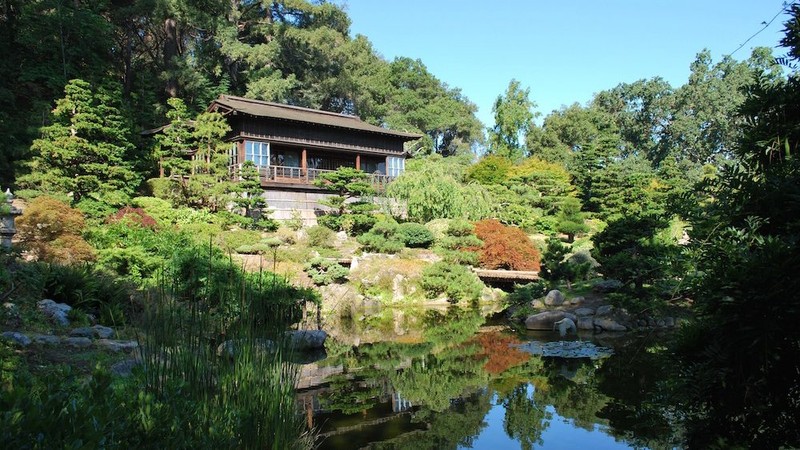
Upper House interior (image from the National Register of Historic Places)
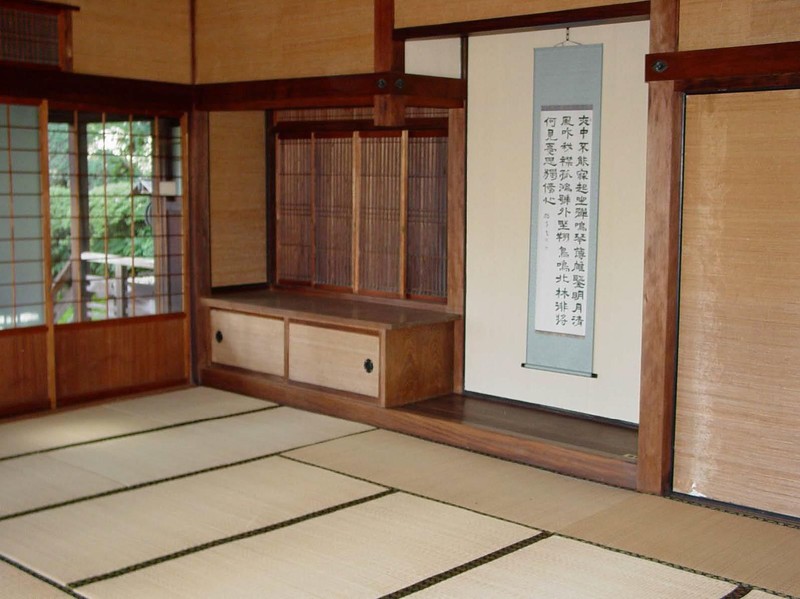
Lower House interior (image from Hakone Estate & Gardens)
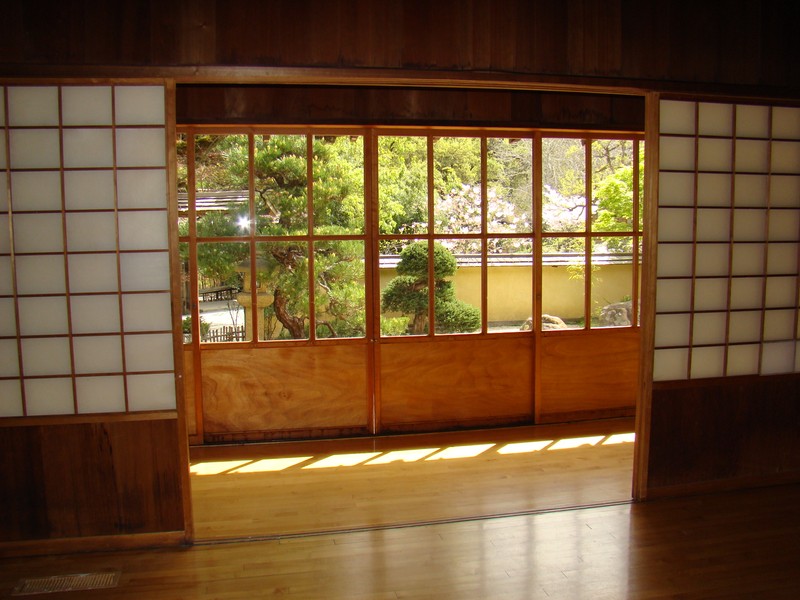
Hill and Pond Garden moon bridge (image from National Register of Historic Places)
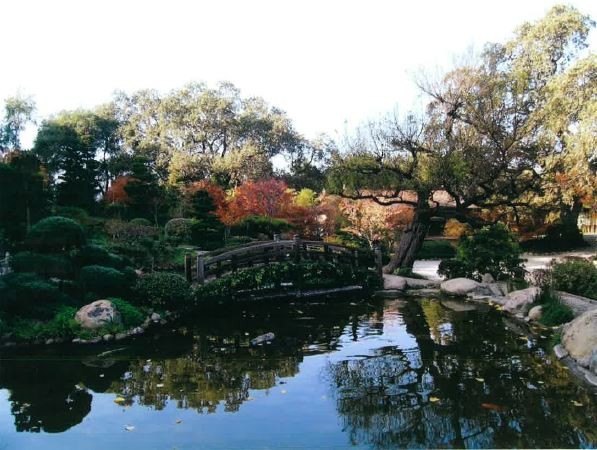
Main Gate (image from National Register of Historic Places)
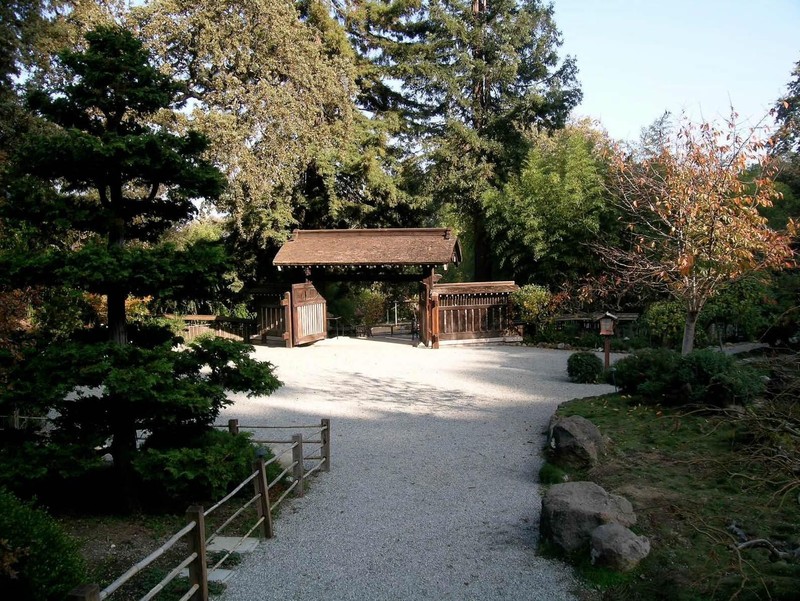
Tea Waiting Pavilion (image from National Register of Historic Places)
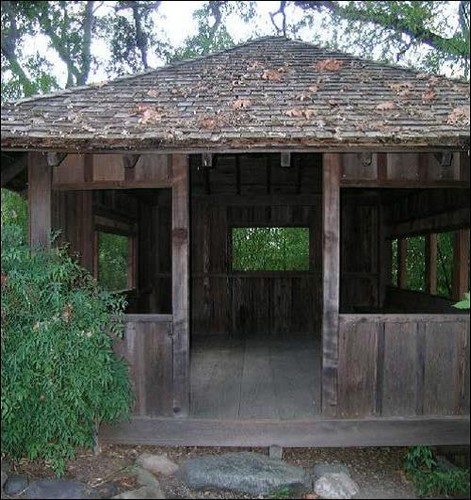
Wisteria Arbor (image from National Register of Historic Places)
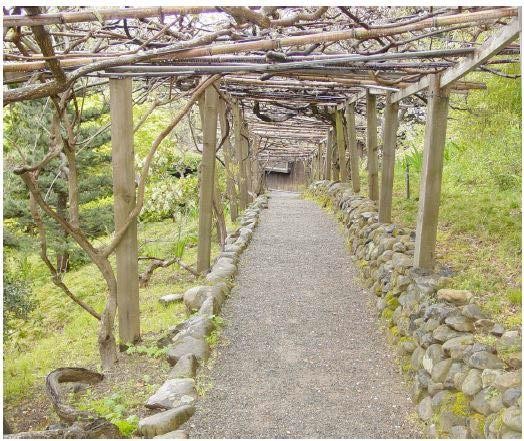
Tea Garden (image from Hakone Estate & Gardens)
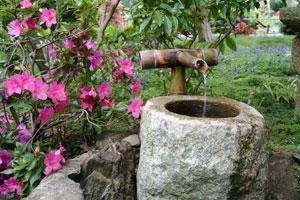
Zen Garden (image from flowerpictures.net)
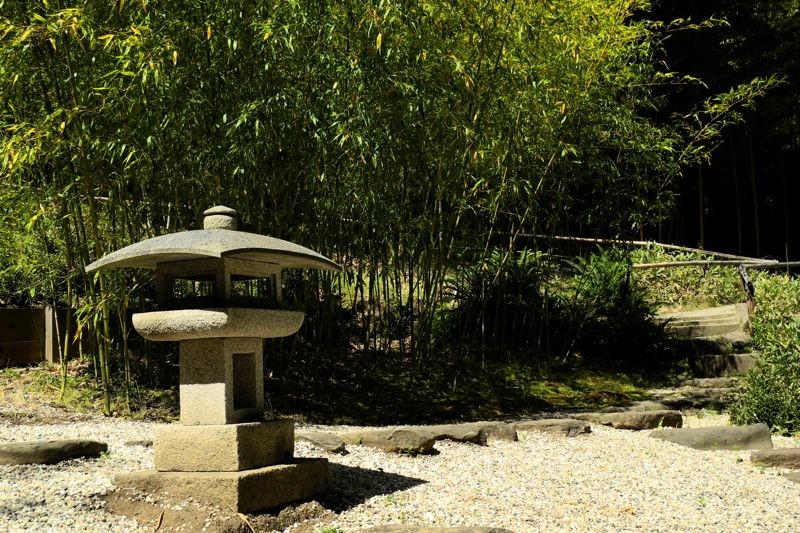
Japanese Pavilion of the Panama-Pacific International Exposition in San Francisco 1915, which inspired the estate's design (image from Hakone Estate and Gardens)
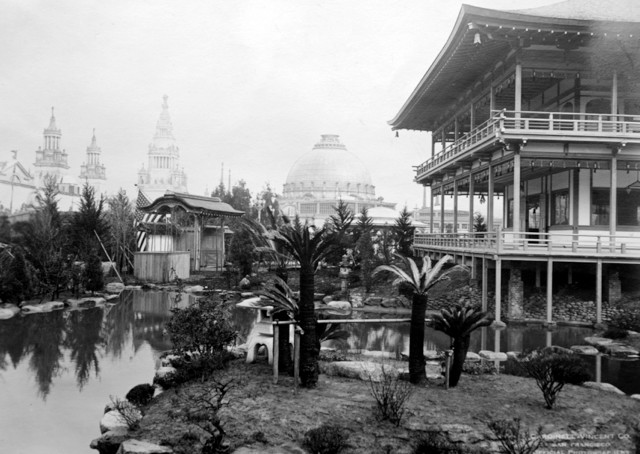
Backstory and Context
Text-to-speech Audio
History of the Hakone Estate
During the Meiji era (1870s-1920s), before anti-Japanese propaganda and the Second World War, the United States and Japan enjoyed bustling trade and good relations with one another (2). It was during this era that real estate developer Oliver Stine and his wife, Isabel, of San Francisco purchased land in Saratoga for a summer estate in May of 1915--the same year Isabel attended the Panama-Pacific International Exposition and saw the Japanese pavilion, gardens, and cultural exhibits there, many of which were designed by Tsunematsu Shintani (1877-1921). After the Exhibition, several trees, plantings, and ornaments made their way to the Stine property, and Isabel and her son John departed for Japan in January 1917 to tour historic estates, temples, and gardens. Upon her return to the U.S., Isabel named the Stine estate Hakone, after the Japanese town from which she took her inspiration, and chose Tsunematsu Shintani and Naoharu Aihara (1870-1941) to design the Upper and Lower Houses and the gardens, respectively (1; 2).
Shintani was a renowned architect originally from the Wakayama prefecture of Japan, and designed the Moon Viewing House (Upper House), Lower House, and koi pond. For both houses, he used materials, techniques, and artisans from Japan. The wooden Upper House was constructed in the shoin-zukuri and sukiya-zukuri styles of samurai warrior class residences of the sixteenth and seventeenth centuries, with traditional tatami mat floors, a tokonoma (decorative alcove) and accommodation for tea ceremony rituals, and an engawa (veranda) for "moon-viewing," a customary Japanese activity during the autumn. Landscape designer Naoharu Aihara came from a family of Tokyo imperial gardeners, coming to America in 1905 at the invitation of Henry Pike Bowie, who co-founded the Japan Society of America, to which Isabel Stine also belonged. In addition to her membership in the Japan Society, Isabel was also an artist, co-founder of the San Francisco Opera, and hostess of Japanese cultural events including Kabuki theater, dance, and the West Coast's first performance of Madame Butterfly (1; 2).
Aihara designed the Japanese Garden in Golden Gate Park in 1916 before beginning work on the Hakone Gardens. Like Shintani, Aihara imported many of his materials from Japan, including plants, garden features, and landscapers (1; 2). The Hill and Pond Garden, a Chisen-kaiyu (strolling garden), and the Roji or Tea Garden connect the Upper and Lower Houses and the Tea Waiting Pavilion. The Zen Garden is a karesansui (dry landscape garden) next to the Lower House (2). After Isabel sold the estate to Major Charles Lee Tilden in 1932, additions were made including the main gate (mon), upper pavilion, and wisteria arbor, and gardener James Sasaki and his family came to live on the estate (1; 2). Though the Sasaki family were interned in Utah during World War II, they returned safely to the estate, where James was caretaker until the 1960s. The estate was sold to a partnership of four Chinese American couples and two additional local couples, who restored the buildings and, in 1966, sold the property to the City of Saratoga as a free public park. In the 1980s, Saratoga and Muko, Japan became sister cities, and the Hakone Foundation was established, leading to the construction of the Cultural Exchange Center (a replica of the Kyoto Tea Merchant's House) in the following decade, as well as the addition of the bamboo garden and Sister City Friendship Garden on the grounds (1).
